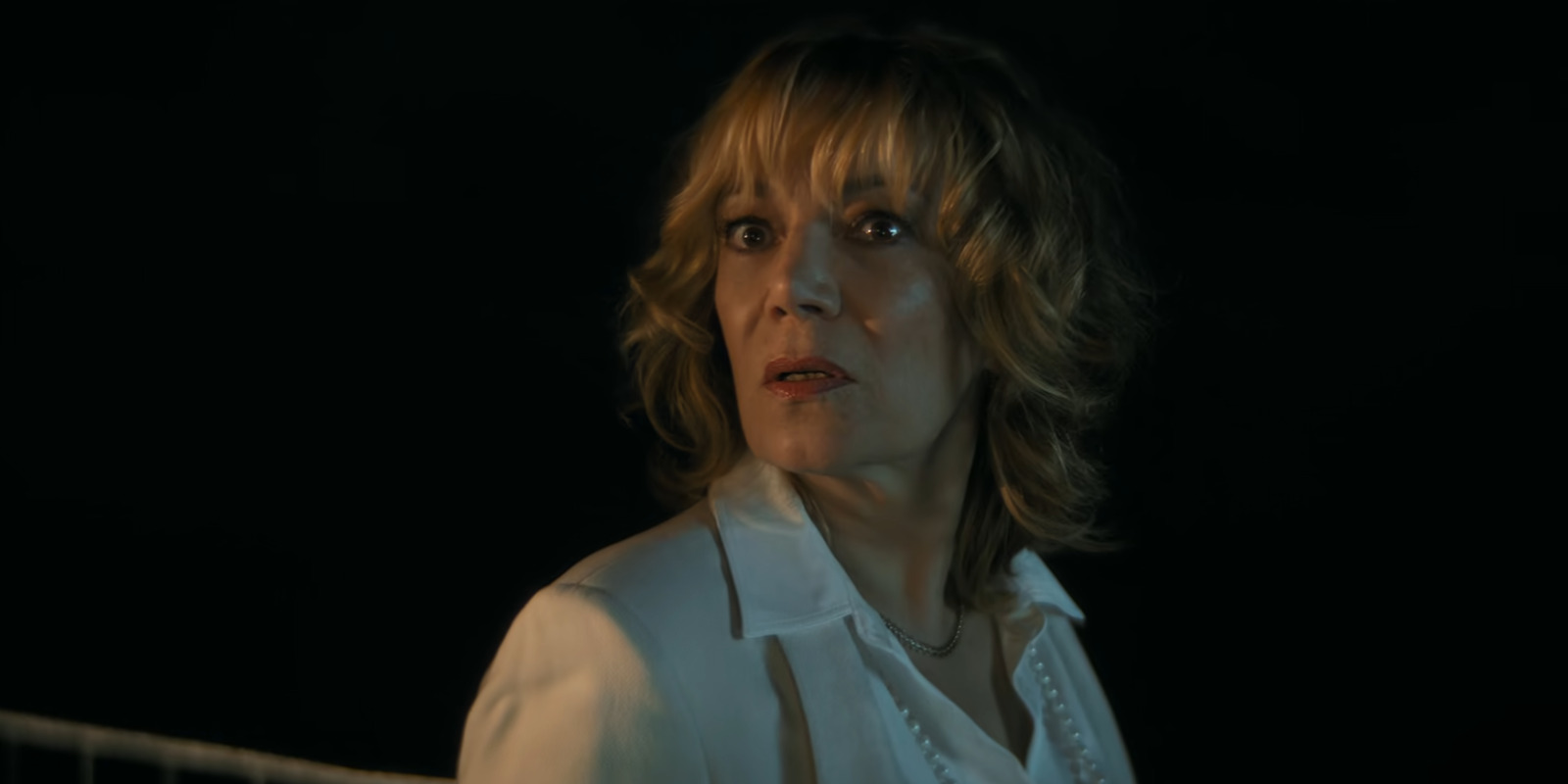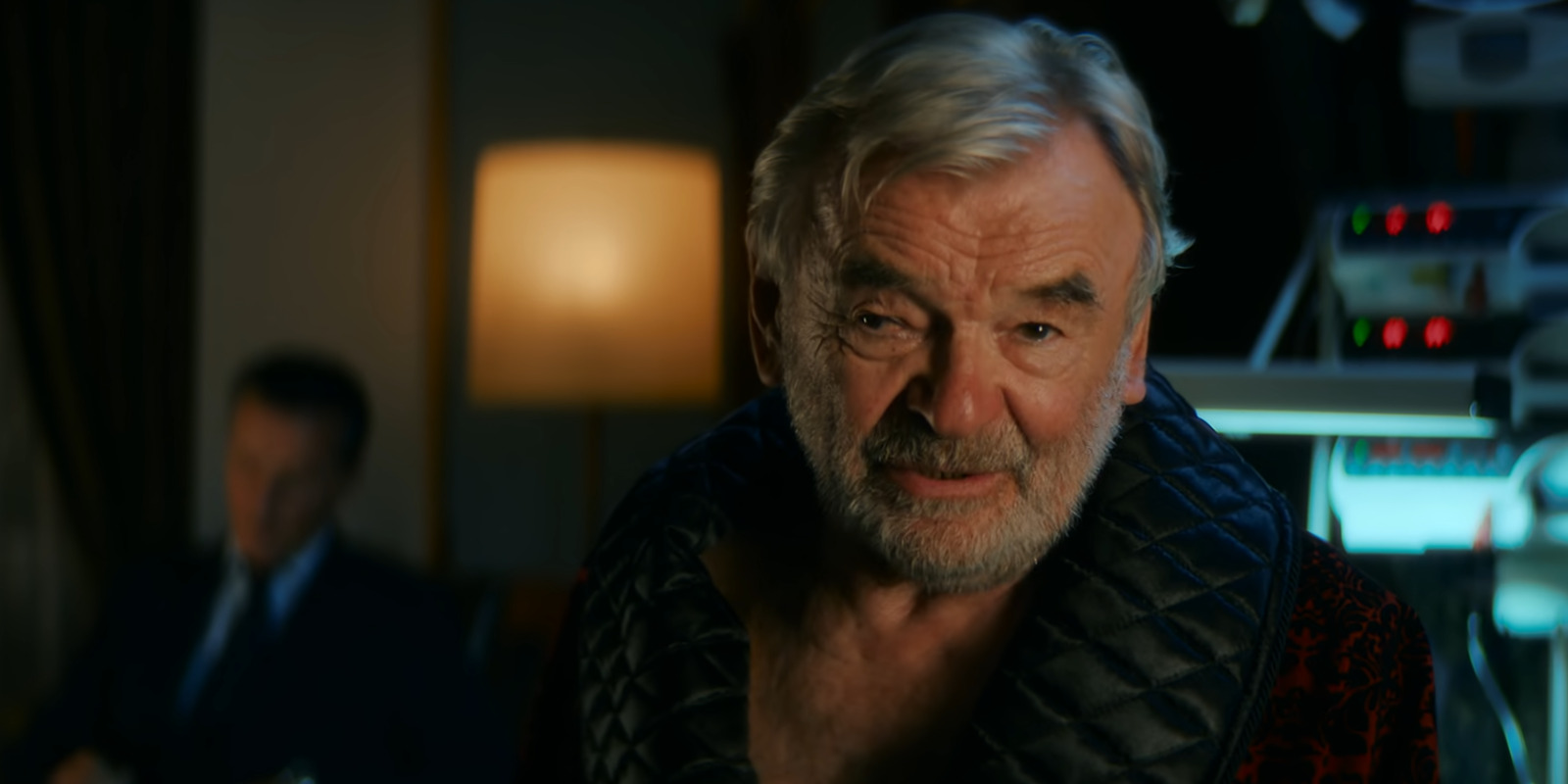The crime-driven German show, ‘Crooks,’ sets up high thrills and even higher stakes as the narrative takes the protagonists on deadly adventures across Europe, with three different crime clans out for their blood. After Berlin’s Al-Walids steal the precious 18th-century gold coin from a museum, retired criminal Charly, a safe cracker, finds himself pulled back into a life of criminality. However, his robbery from the Al-Walids costs him more than a fortune, as it sends him and his newfound friend, Joseph, of the Viennese crime syndicate, on a trip across countries in an attempt to rescue Charly’s family from another deadly organization.
With so many crime families and underworld gangs at its narrative center, the show creates a consistent flow of diverse high-pressure situations. However, as the Viennese and the French criminals insert themselves into the plot, a natural curiosity arises regarding their respective leaders, Karli “Big Guy” Bachofner and Griselda Delacroix’s relation to true crime.
The Well-Researched Criminal Underworld of Crooks
Neither the Viennese gangster Karli “Big Guy” Bachofner nor the French Griselda “Madame” Delacroix, in charge of the streets of Marseille, are based on real-life European gangsters. While the film takes direct inspiration from true crime in certain aspects of its storytelling— such as the coin theft in Berlin— it takes a much more subtle approach to realism when it comes to other sectors of the story’s criminal plotlines. As such, the creation of both Bachofner and Delacroix saw some reference and research in reality without explicitly lifting either character from real-life criminals.

Showrunner Marvin Kren already possessed considerable experience in depicting the criminal underworld of Berlin, given his work on ‘4 Blocks,’ where the narrative similarly explores the crime life of the German city. Even so, the man had to familiarize himself with the crime and culture of Vienna and Marseille to authentically bring their distinct criminal worlds to the screen.
In order to do so, Kren threw himself into extensive research, learning about the intricacies of criminal clans in Vienna, Marseille, as well as Corsica— the Mediterranean Sea Island home to one of the most influential organized crime mafias in France and surrounding regions. Kren left no stone unturned, looking into everything from the nature of the language and clothing intrinsic to these social circles as well as the coded nuances of their culture.
As a result, the German show sports an inclusive cultural richness with characters from different cultural backgrounds, such as Delacroix, equipping their native languages in certain instances. Details such as these add to the authentic nature of the crime circles, allowing characters to feel realistic and raw rather than put on for a show.
Furthermore, the story also harvests inspiration from history— be it through real-life crime or its depiction in media. For instance, the Viennese crime family, headed by Karli “Big Guy” Bachofner before it’s passed down to his brother Red, though entirely invented by the show’s creative team, references mafia legends of old times. Likewise, the influence of old French cinema, particularly Claude Sautet and Jean-Pierre Melville’s works within the kindred genre, informed the show’s 60s/70s crime-media influence.
As such, Kren was able to achieve a realistic portrayal of criminality within the show through his exhaustive approach to research. In fact, the man reportedly held numerous cafe-side conversations with real-life people who shared their real-life experiences with criminal circles to help the showrunner garner an authentic understanding of the underworld’s distinguished social environment. Therefore, both Bachofner and Delacroix’s characters were born out of this substantial research. Nevertheless, neither character has a tangible basis in a real-life gangster, rendering them both fictitious additions to the show.


